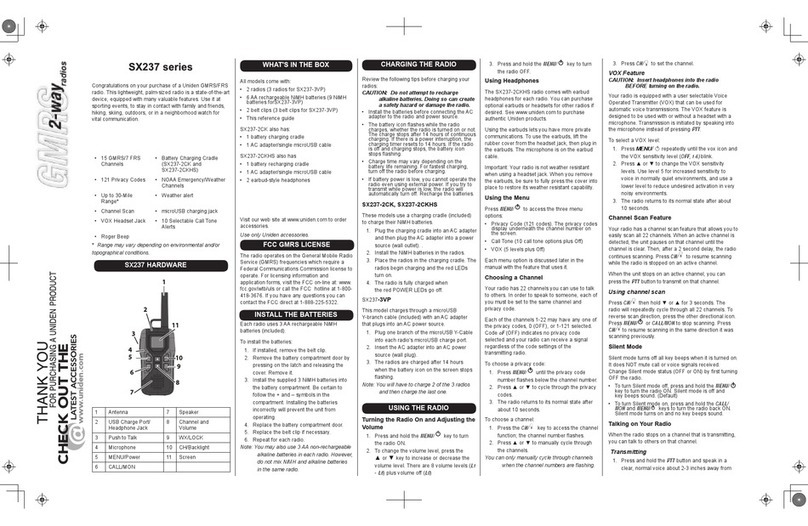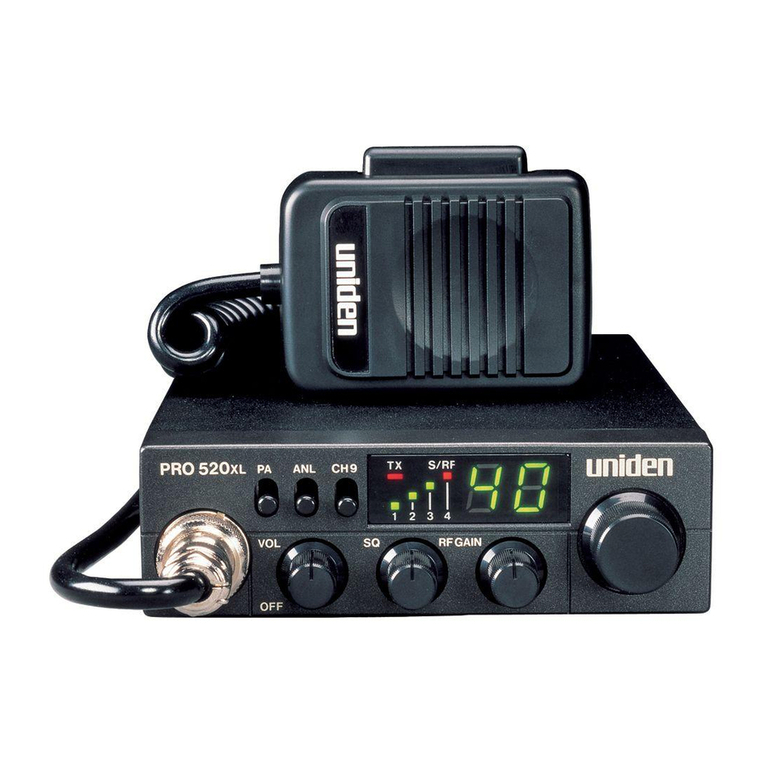Uniden uh507sx-2nb User manual
Other Uniden Radio manuals
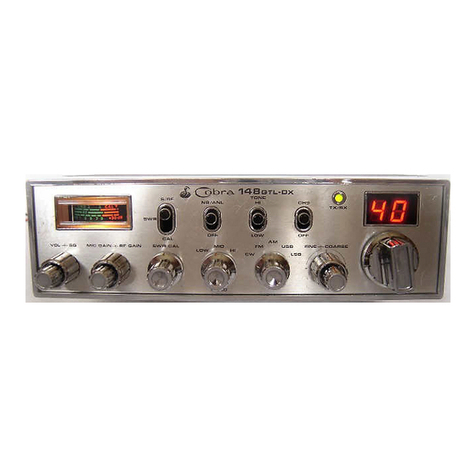
Uniden
Uniden PB010 User manual
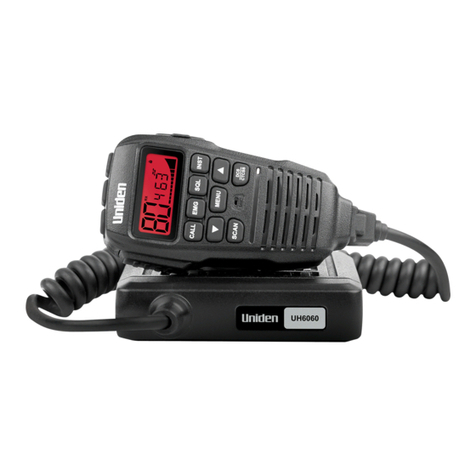
Uniden
Uniden UH6060 User manual
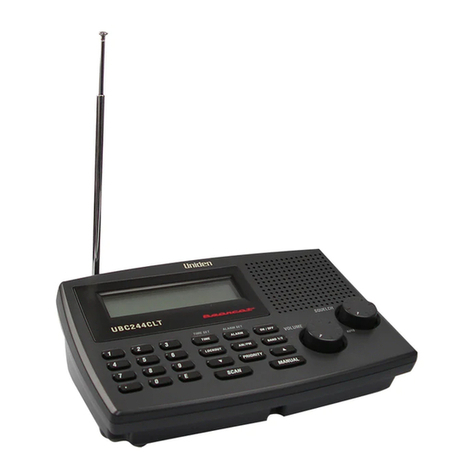
Uniden
Uniden Bearcat UBC 248CLT User manual
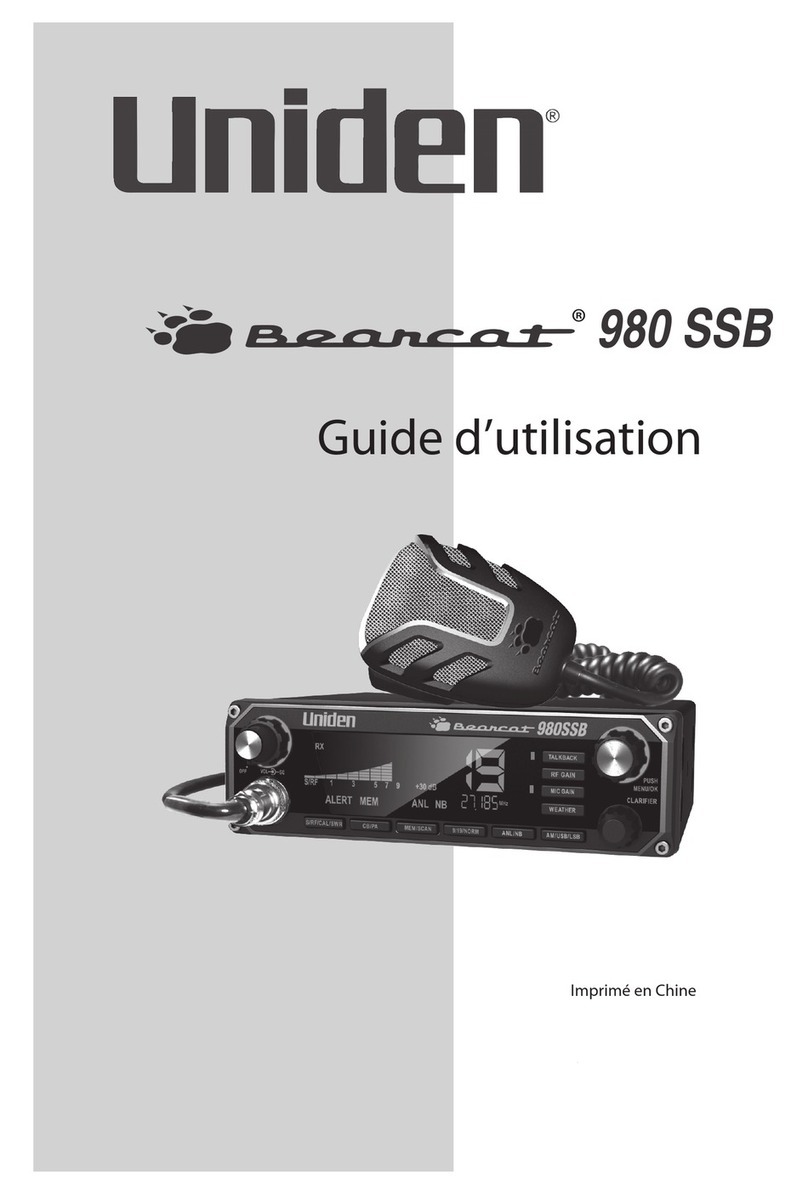
Uniden
Uniden BEARCAT 980 Service manual
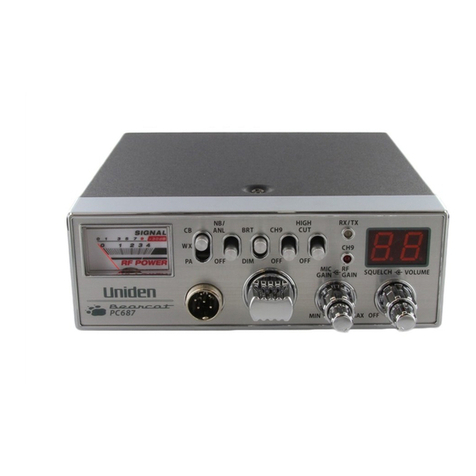
Uniden
Uniden Bearcat PC687 User guide
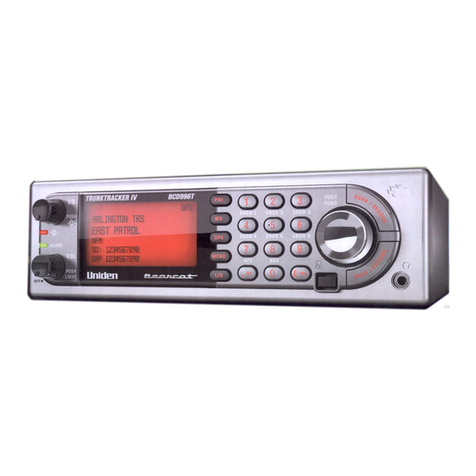
Uniden
Uniden BCD996T User manual

Uniden
Uniden PRO 810e Operating and installation instructions

Uniden
Uniden MADISON User manual

Uniden
Uniden Washington User manual
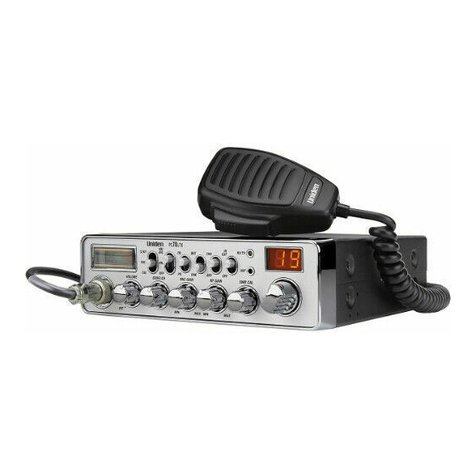
Uniden
Uniden PC78XL - Bearcat Pro User manual
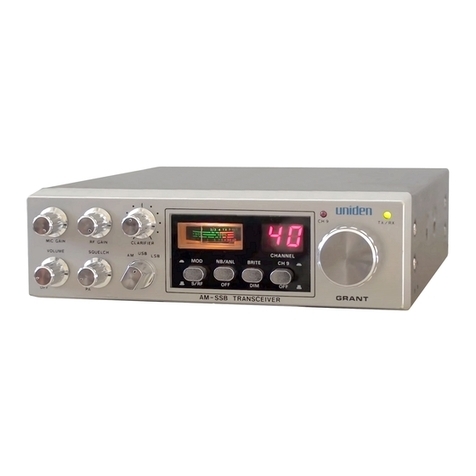
Uniden
Uniden GRANT User manual

Uniden
Uniden Madison CB User manual

Uniden
Uniden UH720SX-NB User manual
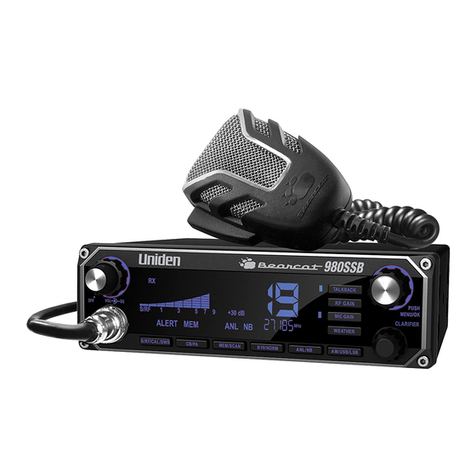
Uniden
Uniden BEARCAT 980 User manual

Uniden
Uniden UBC355CLT User manual

Uniden
Uniden UH7700NB User manual
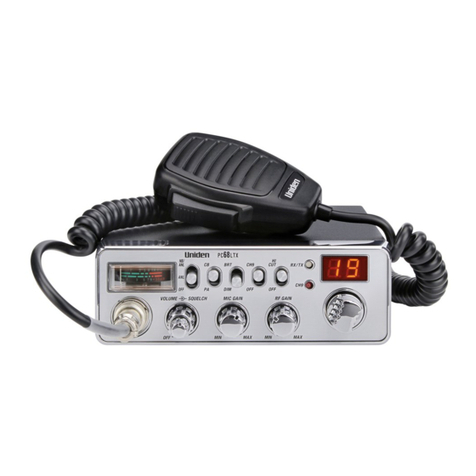
Uniden
Uniden Bearcat PC68LTX User manual

Uniden
Uniden PRO530XL User manual
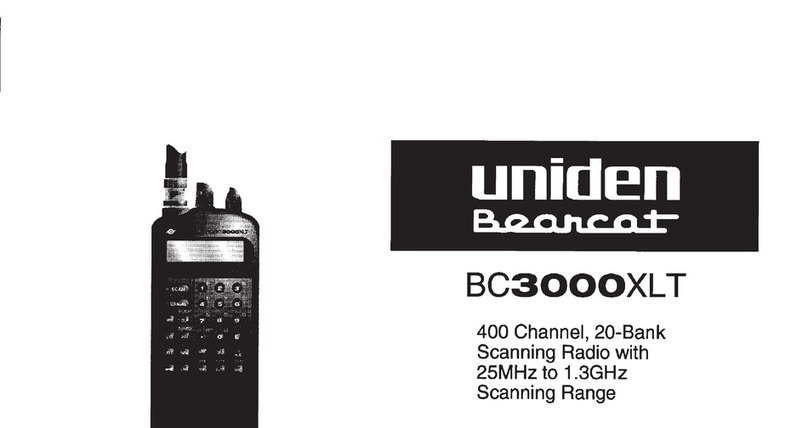
Uniden
Uniden BC3000XLT User manual
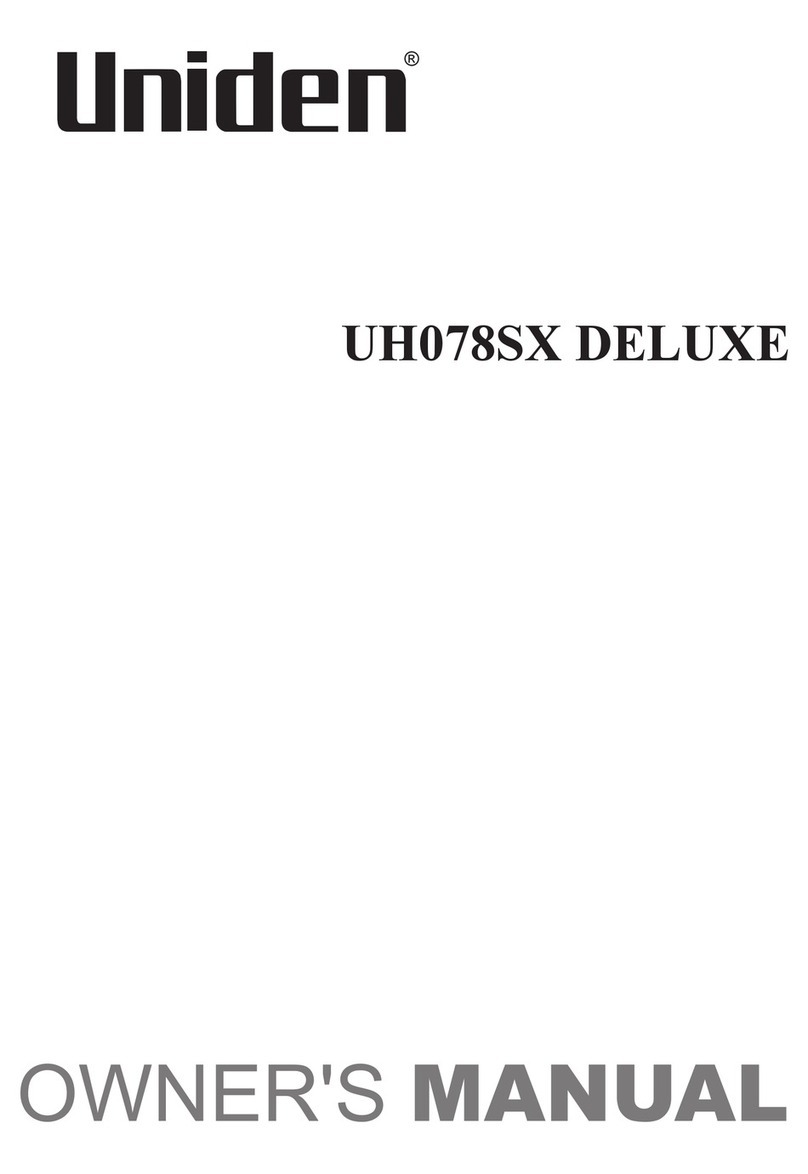
Uniden
Uniden UH078SX DELUXE User manual
